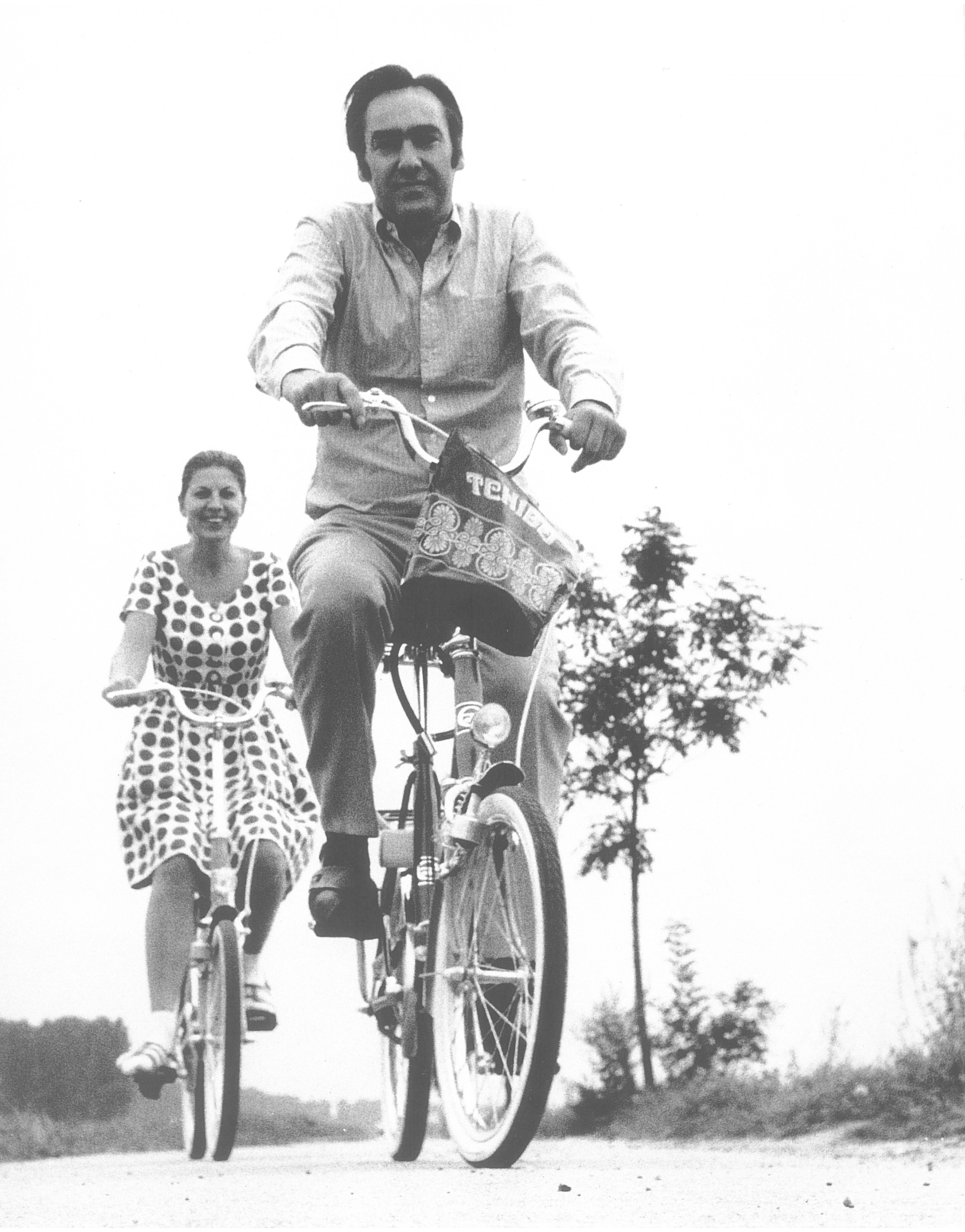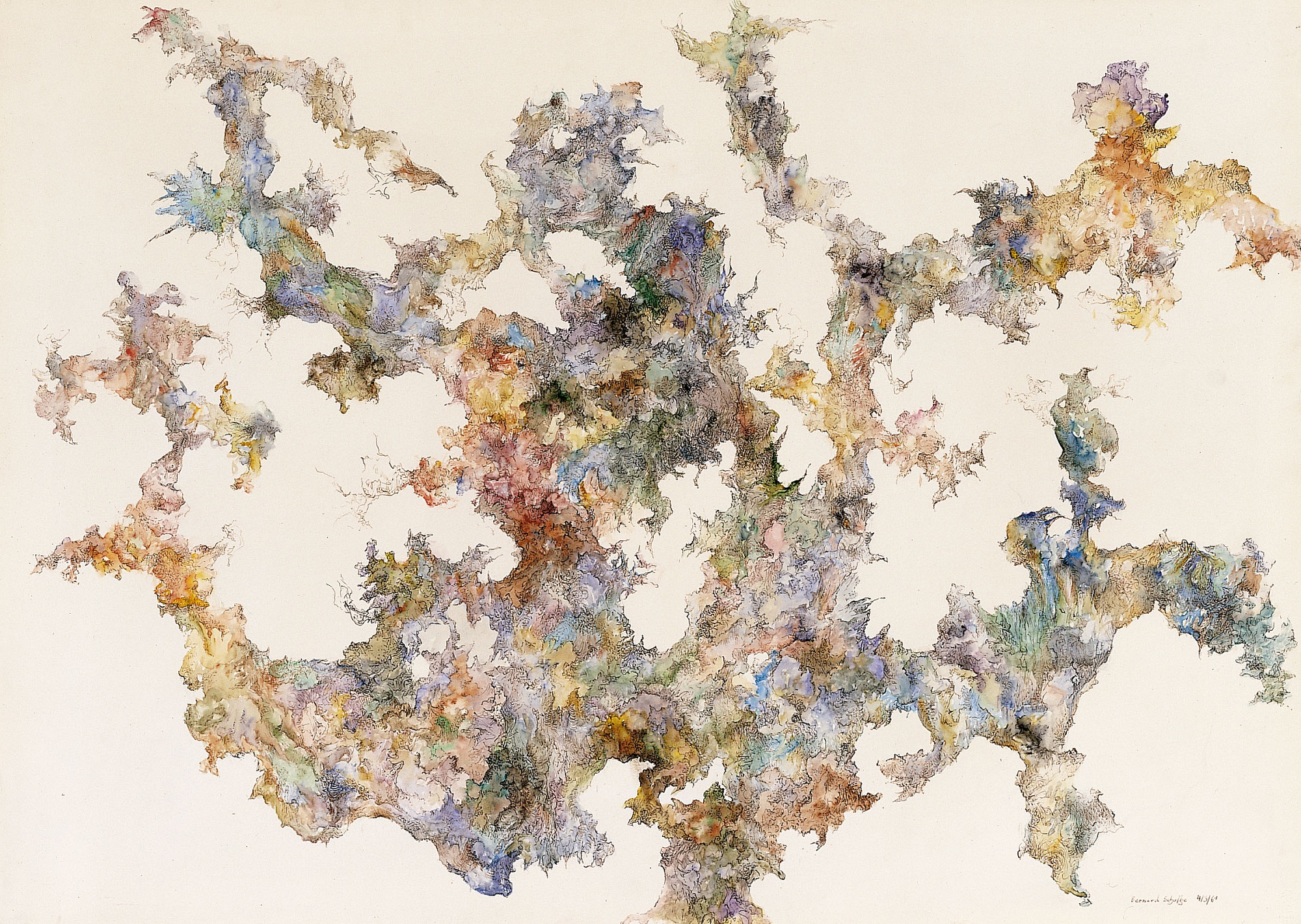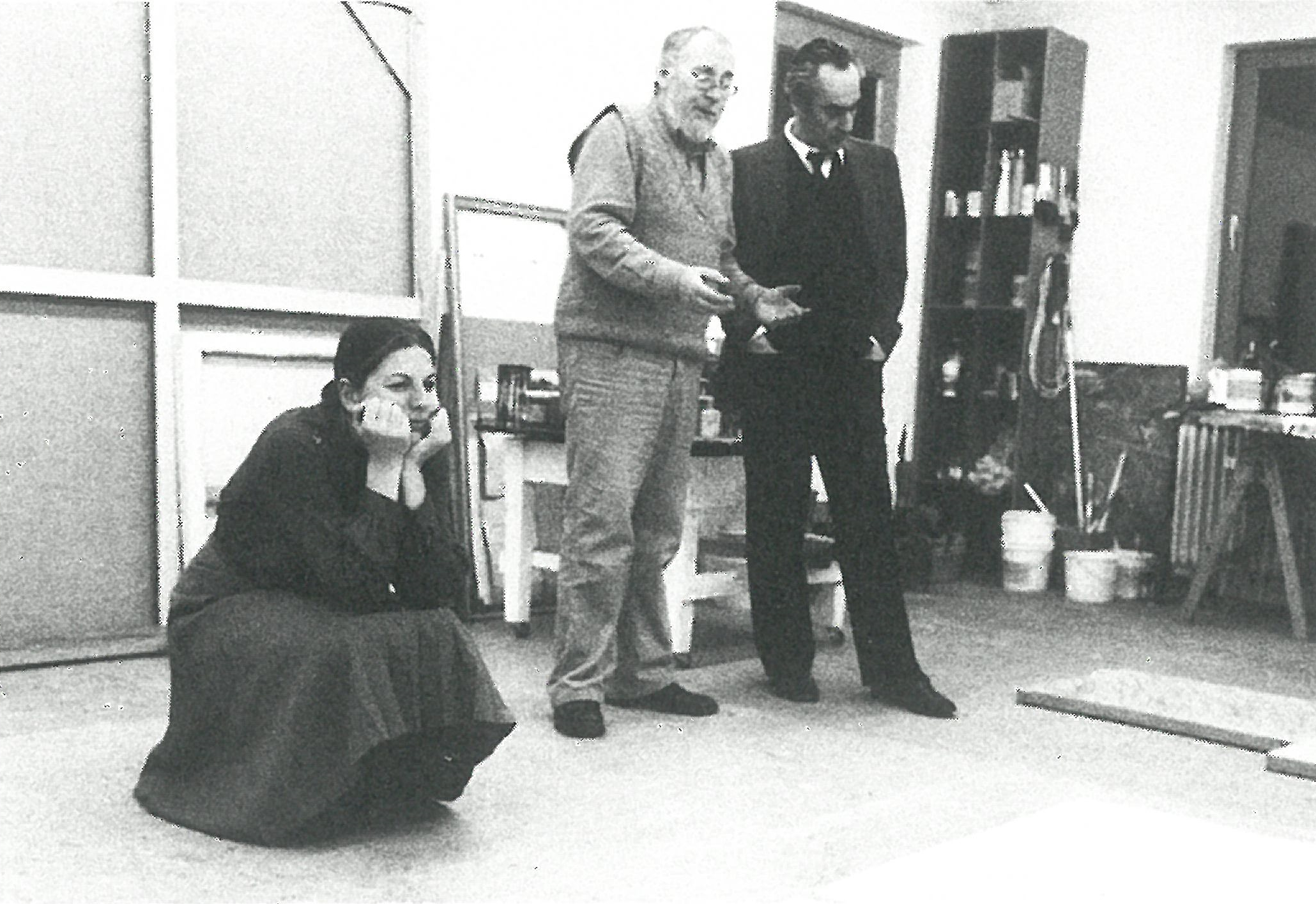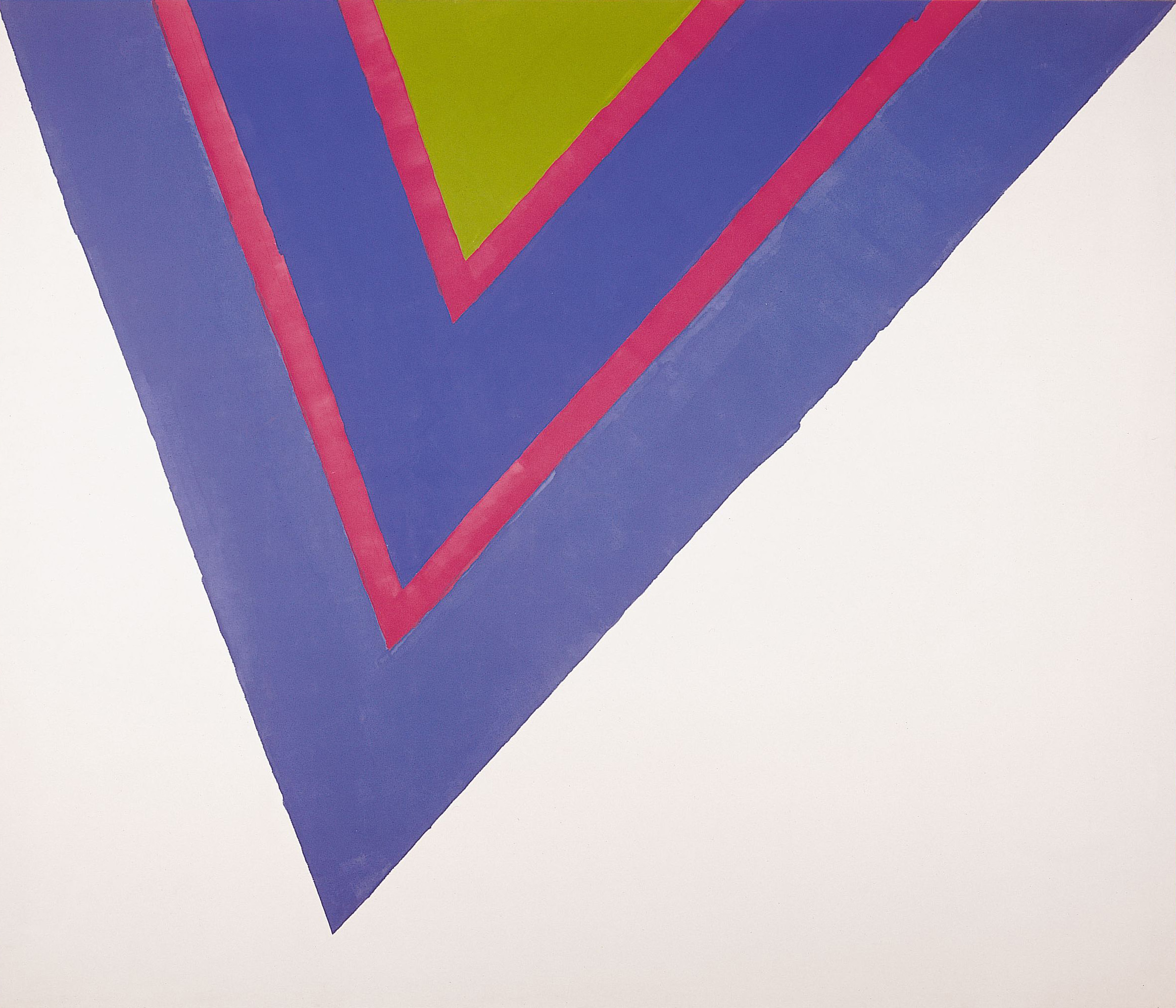Kemp Collection Foundation
Willi Kemp collected around 3,000 works of 20th and 21st century art with great dedication, focusing on abstract art, particularly Art Informel, the ZERO group and Colour Field Painting. In 2011, Kemp donated his collection to the Kunstpalast and established the Kemp Collection Foundation to research and publicise the collection.

Ingrid und Willi Kemp, 1970
A passion for art
Willi Kemp’s life was devoted to art. The Düsseldorf tax consultant was inspired by the artists of his time. He was fascinated by their way of life, their artistic work and the different ways of thinking that characterised them. Willi Kemp (1927–2020) and his wife Ingrid (1937–1986) began collecting works of art in the early 1960s. It was important to them to engage in direct dialogue with the artists in order to better understand their work.
Complementary perspectives
In 2011, Willi Kemp donated his thoroughly dedicated collection to the Kunstpalast. It ultimately comprised around 3,000 works with important paintings, sculptures and works on paper by the Art Informel, the ZERO group and Colour Field Painting. In the realm of 20th and 21st century art, this donation represents a significant enrichment for the museum’s collection.Explore the Kemp Collection online

Bernard Schultze, 4/3/61, 1961
Initial Ignition Art Informel
The origins of the Kemp Collection can be traced back to pioneering positions in German Art Informel. Kemp’s early collecting activities were particularly influenced by his acquaintance with Düsseldorf academy professor Gerhard Hoehme. They met in 1961 at a time when the local art scene was flourishing. With the acquisition of the watercolour “4/3/61” by the artist Bernard Schultze, who was active in Frankfurt at the time, Kemp made his first trend-setting purchase in the same year. Through Hoehme’s mediation, the newly minted collector and Schultze met in person shortly afterwards – at an exhibition in Wuppertal. It was the beginning of a close friendship that would connect Hoehme, Schultze and Kemp for years to come.

Ingrid and Willi Kemp together with Winfred Gaul in his studio in Düsseldorf-Kaiserswerth on 3 November 1983
Intensive encounters
Each purchase for the collection was the result of an in-depth examination of the artistic positions. In order to understand them in an intellectual way, both Mr and Mrs Kemp, and Willi in particular, regularly sought personal dialogue with artists. Many of these encounters went beyond a first acquaintance: studio visits became the norm and initial conversations developed into intensive debates about contemporary art appreciation and art in general.

Kenneth Noland, Transsinister, 1964
Moving stories
Countless conversations, meetings and visits to exhibitions and studios drew Kemp’s attention to a variety of artistic positions. They initiated “purchases of works that were virtually still wet”, Willi Kemp recalled. His collection grew with the interpersonal relationships and gained in profile through their depth. Through the works of the ZERO group, such as Heinz Mack, Otto Piene and Günther Uecker, works by Winfred Gaul from all phases of his artistic development also found their way into the collection. With targeted purchases of American and European positions, Kemp endeavoured to reflect the international connections within the art scene. These important acquisitions include Kenneth Noland’s “Transsinister” from 1964 and Lucio Fontana’s “Concetto Spaziale” from 1966. Countless documents from Willi Kemp’s written estate reflect his close relationship with the artists and provide important insights into contemporary artistic history.Explore the Kemp Collection online
Picture Credits
Picture Credits